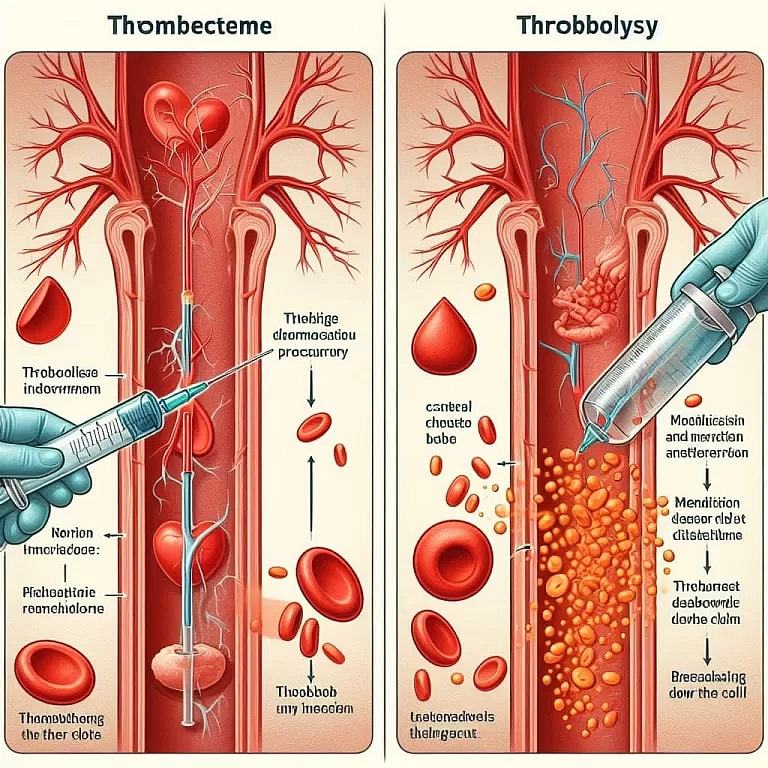Interventional Neuroradiology
**Interventional Neuroradiology: Minimally Invasive Image-Guided Brain and Spine Treatment**
Interventional neuroradiology is a highly specialized medical field that employs advanced imaging techniques to guide minimally invasive procedures in the brain and spine. Combining precision imaging with microsurgery, this field provides safe and effective treatment options for various neurological conditions, including:
– Aneurysms and Arteriovenous Malformations (AVMs)
– Brain and Spinal Tumors
– Stroke
– Chronic Pain
– Vascular Stenosis (Narrowing)
By utilizing live imaging during procedures, interventional neuroradiologists have unparalleled accuracy and can access challenging areas with minimal disruption to surrounding tissues. They perform procedures such as:
– Embolization to block abnormal blood vessels
– Stent placement to open narrowed arteries
– Tumor removal or embolization
– Pain management through targeted nerve blocks
Interventional neuroradiology allows patients to benefit from:
– Reduced surgical trauma
– Faster recovery times
– Preservation of brain and spine function
– Avoidance of open surgery and general anesthesia
This advanced field continues to evolve, offering cutting-edge treatments that significantly enhance neurological outcomes and improve patient quality of life. For individuals seeking advanced diagnostic and treatment options for brain and spine disorders, interventional neuroradiology provides a safe and effective solution.
Thrombectomy and Thrombolysis: Understanding Stroke Treatment Options

Thrombectomy and thrombolysis are two medical procedures doctors use to treat blood clots. The one you need will depend on your circumstances. Aleksandr Zyablitskiy/Getty Images The primary difference between the two treatments is that thrombectomy involves surgically removing a blood…
